Data storytelling is an art. It is the creative process of pitching the findings of data analysis or research, usually to stakeholders, in a way that is simple to understand as well as fascinating to consider.
The internet is full of data on every aspect, and you can search for whatever you want and get information on any topic. However, we have various solutions and tools for gathering data, such as BI tools , dashboards, and spreadsheets. Such tools provide you with numeric data and graphical representations, but they do not provide the narrative that is essential for getting in-depth insights.
Now, the question arises, how can companies transform their data centers into more profitable centers where the stakeholders will be benefited by getting relevant data within time and in the proper language and format? To cater to this problem, data storytelling comes as a solution, which is now being adopted by various companies.
In this article, we will discuss data storytelling and how it presents complex data effectively. Also, you will get to know about the data storytelling process and its key benefits. So, let’s get started.
What is Data Storytelling?
The major idea behind data storytelling is to transform the gathered data from various sources into a meaningful story that is enough to impact the decision-making process. There can be various approaches that any company can follow for presenting their data findings. Below, we have mentioned two fundamental approaches usually followed by many companies:
- Traditional reporting: In this approach, the data is being used to represent what is going on within the company, why a particular scenario has occurred, and how it occurred. Also, it will highlight the actions that have been taken to resolve a particular problem.
- Influencing story: This approach focuses on text-styled reporting in the form of presentations, informal emails, and so on. It influences people to make the right decisions in a specific scenario based on the gathered data.
Earlier, dashboards and reports were considered to be the best approach for presenting a business’s performance. But this approach only focuses on highlighting the numbers and not the perspective.
People have to go through complex numbers to analyze and understand what it means for the business. Also, this type of data can be out of the league for a non-technical person. However, telling these numbers in an influencing story format is the best way to share the performance report of the company as it will explain what has actually happened and what can be the company’s next step.
Why is Data Storytelling the Future?
Data storytelling is an approach that helps to communicate information tailored for a particular audience. Having a compelling narrative will have an impact on the people, whether they are involved or not with the data. It is a usual tendency in humans to share stories to explain even a simple concept so that it becomes easier for others to understand and remember the concept.
Also, this helps to retain the information for a longer time period. Storytelling is one of the common methods for sharing information effectively. The storytelling approach can make complex data simple and understandable. Although there's a risk involved of oversimplifying in doing so, it's worth the try. Data storytelling combines three major fields of expertise that are discussed as follows:
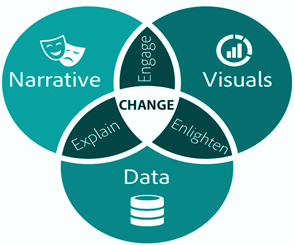
1) Data Science
The field of data science helps in extracting useful information from large amounts of data and creating useful insights. Data science has made it possible to work with data. However, data scientists do not have storytelling skills, but they know how to collect, arrange, and process data to make it more sensible from the perspective of a non-technical person.
2) Visualization
With the introduction of visualization tools like dashboards, presenting data has become much easier. Also, dashboards act as a reliable solution for helping individuals comprehend the vast amount of collected data. With visualizations, you can present data in graphs, charts, and other visual representations. However, visualizations are not sufficient as they only depict the numbers without providing the context of the data to explain why it happened.
3) Narrative
Narratives make it possible to present data in a simple language and format that add context to the data. They help to convey relevant insights effectively along with the help of different types of visualizations . It is an ideal option for representing why it happened.
When you combine all the three fields mentioned above, you can create a data story that will help to create meaningful insights, which are helpful in resolving various business problems.
Significant Examples of Data Storytelling
Below are some examples of how famous companies utilized the concept for communicating with their customers efficiently. Let's start with the famous music app, Spotify:
1) Spotify

One of the most popular online music streaming services, Spotify, has recently sent its annual recap stories via email to its customers. They used short stories to share with users the amount of time that they have listened to music on the Spotify app. This seems to be an interesting way of communicating their values to the users.
2) Slack

Slack is one of the most popular communication tools that has replaced the traditional way of communication, such as lengthy email threads. It is leveraging the storytelling technique for connecting with its customers while sending invoices. Instead of sending an email with an attached invoice, Slack sends a visual story that tells users how they have used their services.
3) Uber
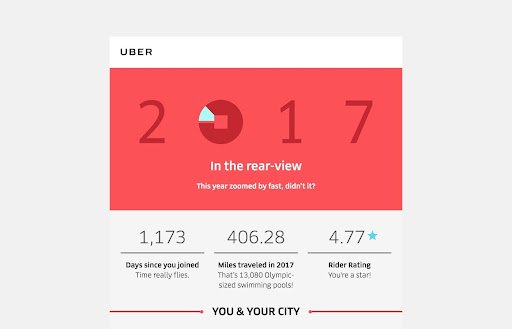
Uber also communicates with its customers using the storytelling approach of presenting data. The company focuses on telling users the value that its services have provided to them. They share personalized statistics of the user’s experience with their services.
Importance of Data Storytelling
The main goal of telling a story with data is to present information depending on the customers to whom you are going to present that information. It helps to create an influential story that can persuade the audience and offer them the critical insights required to make a relevant decision. Instead of focusing on the numbers, the audience gets the opportunity to cut through the stats and directly see what it represents.
Below are some points that elaborate on how effective the data storytelling process is:
- It provides meaning to complex data.
- It allows you to extract meaningful information from data and provide insights through compelling stories. Thus, it increases the chances and the degree of the impact that the information will have on the audience.
The Process of Data Storytelling
The process of data storytelling is to mold the gathered data into a relevant story that is easy to understand even by a non-technical person. Below is the process of data storytelling:
- Collect information about the current scenario of the company.
- Create different characters with real names to ensure a strong impact on the audience. Start the story by clearly identifying all the characters in it.
- Create urgency for identifying the problem.
- You need to take necessary actions to find possible solutions to the problem.
- Find the solution.
- Track down the time taken to complete the steps involved in solving the problem.
- Get insights, key messages, and inspire closure of the problem.
Well, the above-mentioned are not the standard steps to make the most of data storytelling. Companies can create different strategies to train people to create a better storytelling process for getting better results.
Benefits of Data Storytelling
If the company implements the storytelling process in the right way, it will likely get benefits out of it that can positively impact the business in the long term. Mostly this strategy is followed by businesses to improve the quality of their products. Below are some benefits that a company can get by utilizing the storytelling approach:
- It works on every potential data value and takes necessary information out that can be used to create an impactful story.
- It provides in-depth insights via data visualizations that can improve customer engagement.
- Data storytelling has the capability of influencing business actions and impacting the decisions of organizations in a positive manner.
- It helps businesses to perform data analysis in a more effective way.
Conclusion
Data storytelling is a great way to present complex data in a meaningful way. It tends to create an impactful narration of the business data and mold it in such a way that it is easy to understand by everyone. It combines data visualization, narration, the data science process, and so on to provide context to complex data. To create a strong connection with customers, companies must look forward to telling a captivating story with their data.
People are also reading:
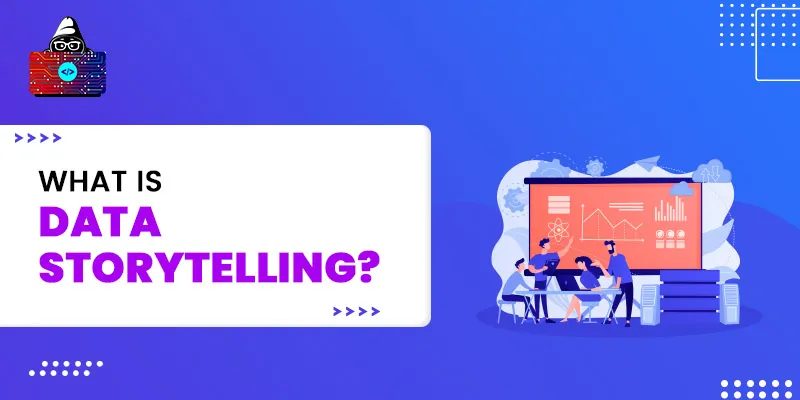

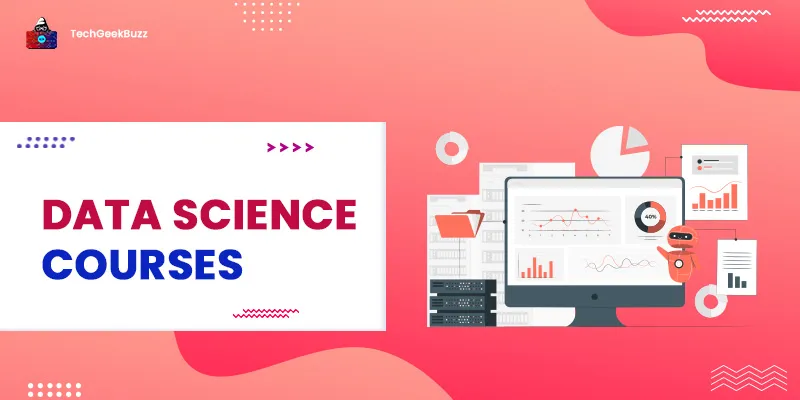
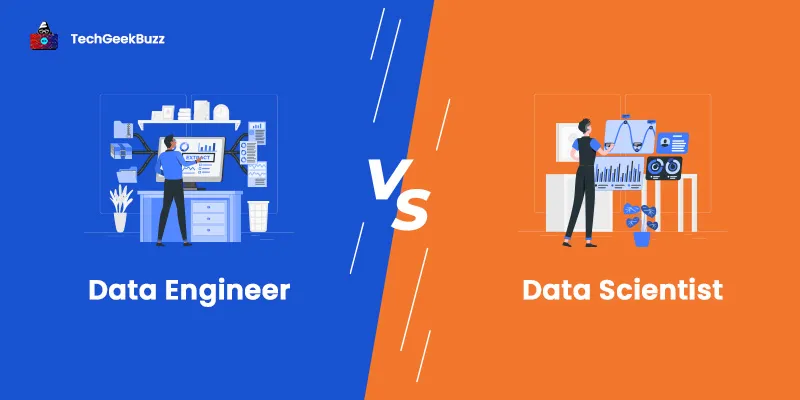

Leave a Comment on this Post